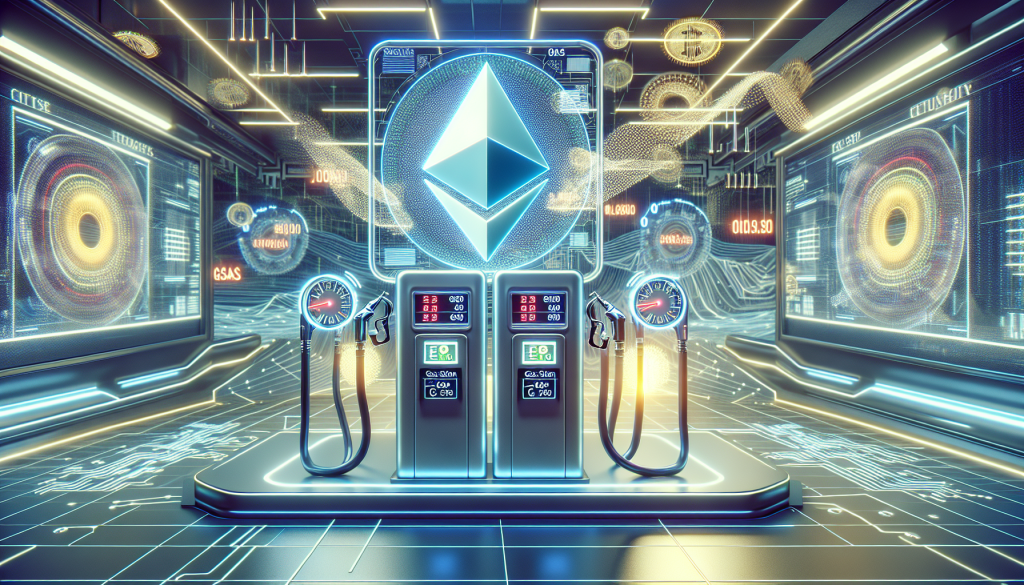Key Points
MetaMask has launched a solution for the long-standing issue of failed transactions on Ethereum due to inadequate gas fees.
The new feature, dubbed “Gas Station,” was unveiled on February 5.
It is designed to address a significant hurdle in the Ethereum ecosystem – insufficient gas fees that obstruct transactions.
Gas Station: A Solution to Insufficient Gas Fees
In the Ethereum network, fees need to be paid in ETH.
Users lacking adequate balance often find themselves in a bind.
They are compelled to purchase ETH from an exchange and transfer it to their wallet before proceeding.
MetaMask’s Gas Station feature now enables users to complete token swaps without the need to keep a separate ETH balance for gas.
The transaction fees are incorporated directly into the swap quote.
This eliminates the necessity for last-minute ETH top-ups, streamlining the process.
This feature is currently available on the MetaMask browser extension for Ethereum’s mainnet.
A mobile rollout is planned soon.
Gas Station supports swaps involving various assets.
These include Tether (USDT), USD Coin (USDC), Dai (DAI), ETH, Wrapped Ethereum (wETH), Wrapped Bitcoin (wBTC), Wrapped Staked Ethereum (wstETH), and Wrapped Solana (wSOL).
Users just need to ensure their swap value is enough to cover the gas fees.
The introduction of Gas Station comes as Ethereum is undergoing significant changes.
Validators recently approved an increase in the network’s gas limit from 30 million to a planned maximum of 36 million gas units.
The gas limit determines the computational work that can be processed in a single block.
It sets the number of transactions that can be included.
When the limit is low and network demand is high, fees surge as users vie for block space.
Raising the gas limit allows more transactions in each block.
This improves network efficiency and reduces congestion.
As per on-chain data, the average gas limit has already reached 35.5 million units as of February 5.
Ethereum last made a similar change in 2021 when it doubled the gas limit from 15 million to 30 million.
This recent increase is particularly significant.
It is the first since Ethereum’s transition to proof-of-stake, marking a significant step in the network’s post-Merge evolution.
